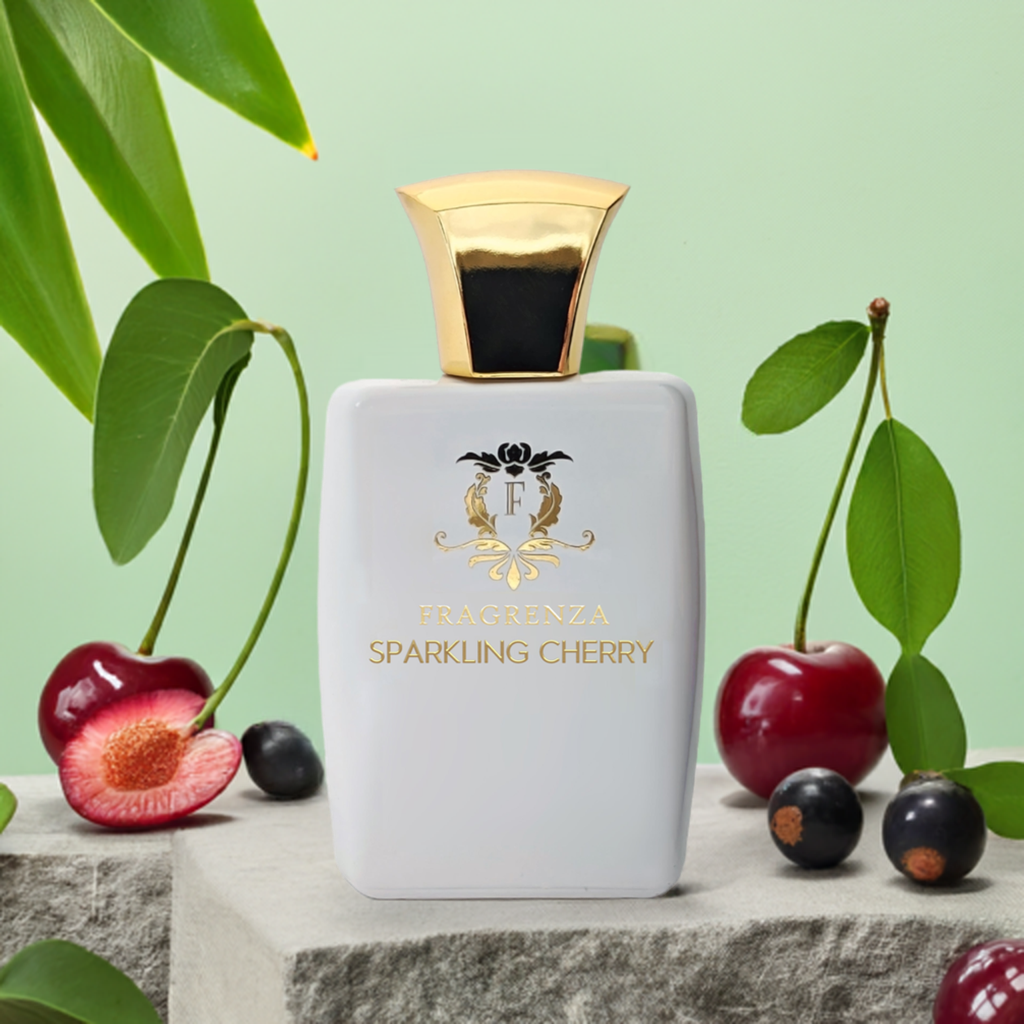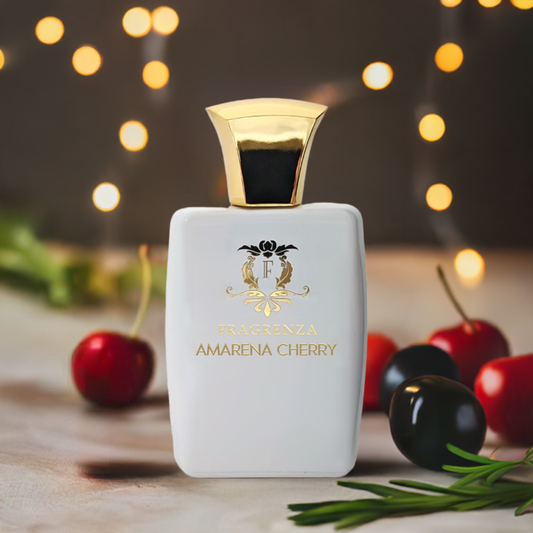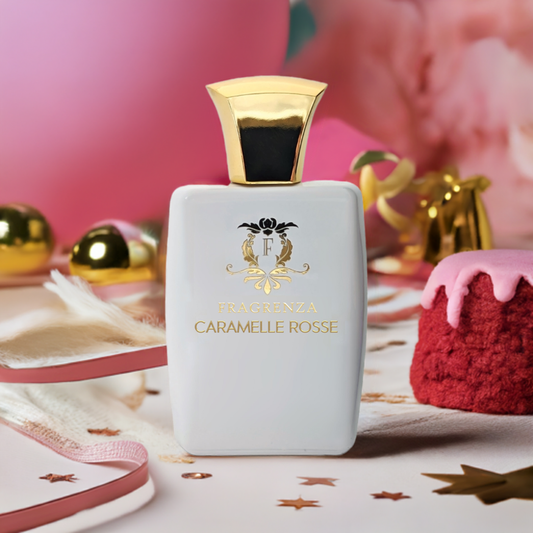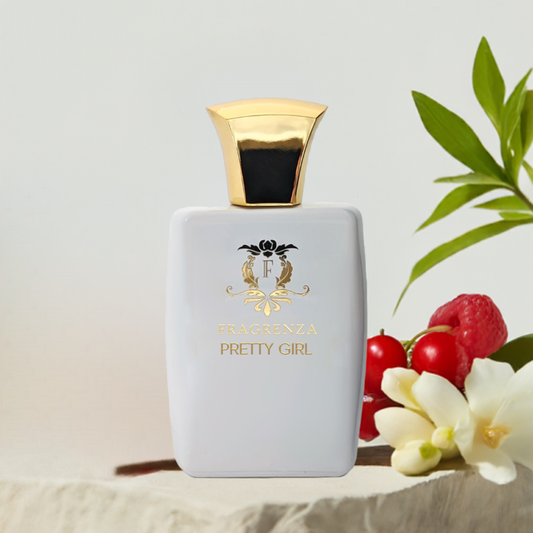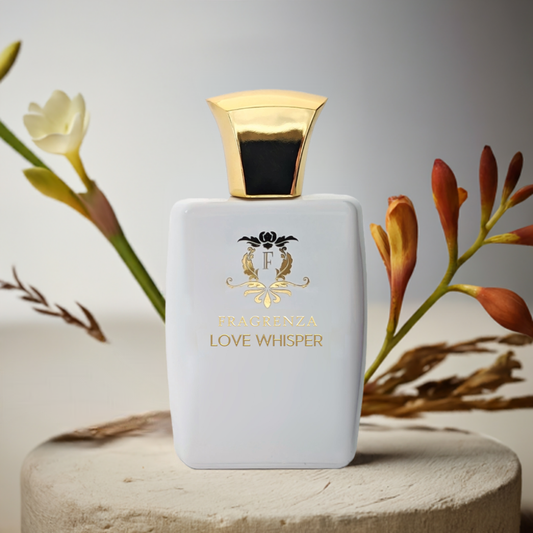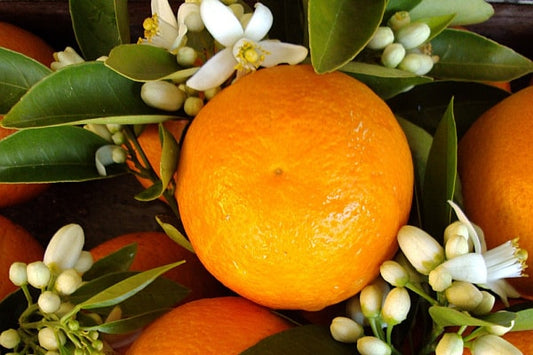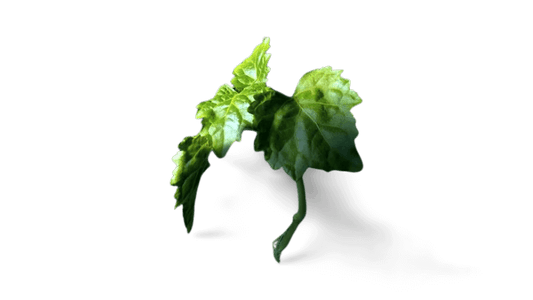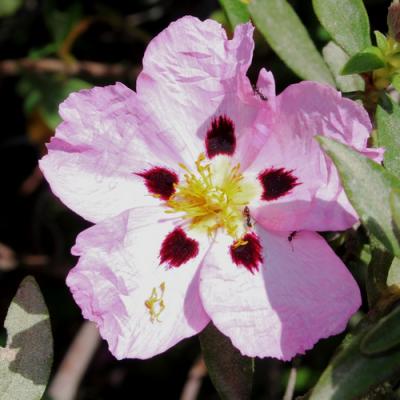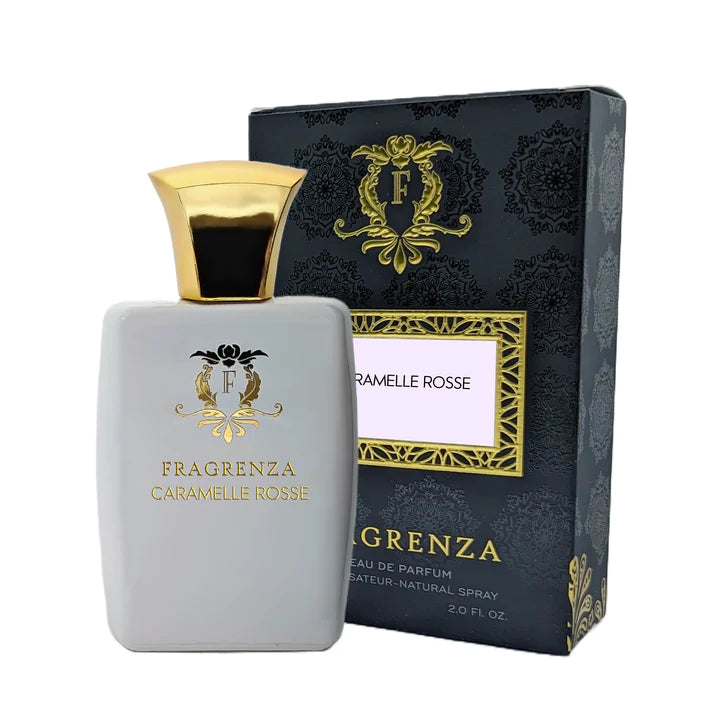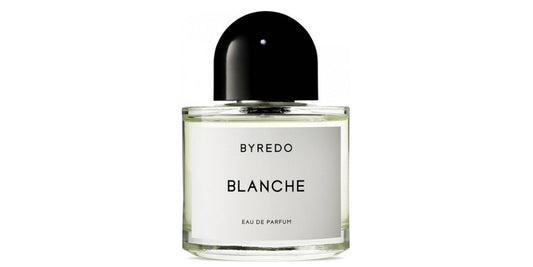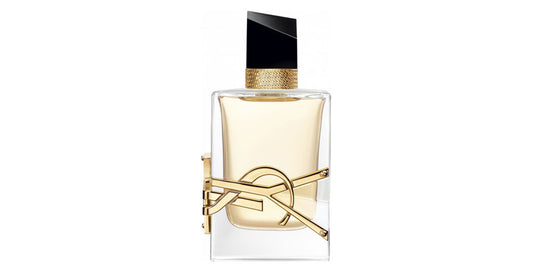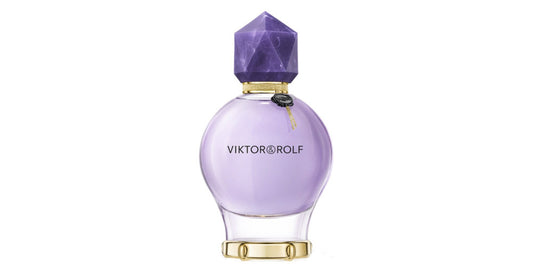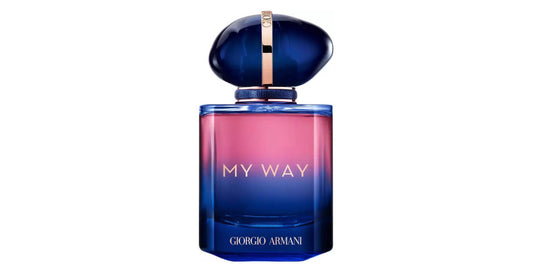Carnation in perfumery
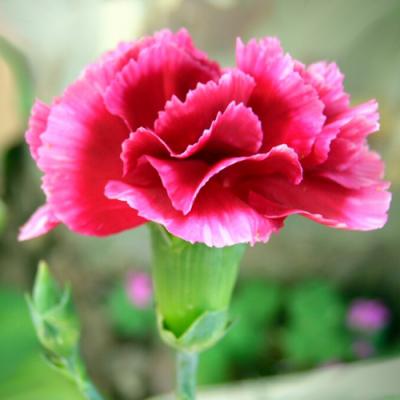
In This Article
The Fascinating World of Carnations and Their Meanings
Carnations, perennial plants with typically serrated petals, belong to the caryophyllaceae family. There are numerous varieties, such as the highly fragrant Mignardise carnation, the poet's carnation with naturally clustered flowers, the Chinese carnation featuring two-colored yet odorless petals, and the Indian carnation, which actually belongs to the Asteraceae family and is not a true carnation. Legend has it that carnations were born from a caprice of the goddess Diana, who tore out a young shepherd's eyes and cast them to the ground, where they germinated and gave birth to the first carnation.
Fun Fact: Carnations have been used since ancient Greece to crown athletes and newlyweds. They were introduced to Europe during the Roman Empire's invasions, and their excellent preservation properties made them a popular choice for wreaths and garlands.
Many paintings from the Middle Ages showcase carnations, such as Mantegna's "The Madonna with the Victory" and Raphael's "The Virgin and Child." Carnations also captivated poets like Melle de Scudéry and Louise de Villemorin. Historically, red carnations symbolized the revolutionary party and workers' movements, while blue carnations represented the National Anti-Semitic League of France in 1889. Oscar Wilde's green carnation subtly hinted at his homosexuality.
The Role of Carnation in Perfumery
Although carnation absolute from Egypt exists, it is rarely used by perfumers, as it does not represent the spicy carnation scent we typically imagine. In the past, it was utilized simply for its pleasant aroma. Today, synthetic reproductions have taken its place. The natural scent of carnation primarily consists of eugenol, a major component of cloves, which explains the flower's spicy profile. When recreating the scent of carnation, perfumers use eugenol in large quantities, along with a touch of balmy essence, often derived from cinnamic alcohol. The scent is then completed with a floral touch, incorporating benzyl salicylate, natural ylang-ylang, heliotropin, or rose into the synthetic composition. A hint of vanilla rounds out the fragrance, and iris sometimes enhances the mixture's powdery aspect.
Fun Fact: The use of eugenol in perfumery has been heavily restricted by the International Fragrance Association (IFRA) to prevent skin sensitization. Its use is now limited to 0.5% for eau de toilette, leading many perfumers to opt for substitutes like methyl-diantilis.
Carnation-based fragrances have experienced a resurgence since the early 2010s, featuring in perfumes such as Serge Lutens' Vitriol d'Œillet, Cartier's L'Heure Convoitée, and Prada's Carnation Infusion.
